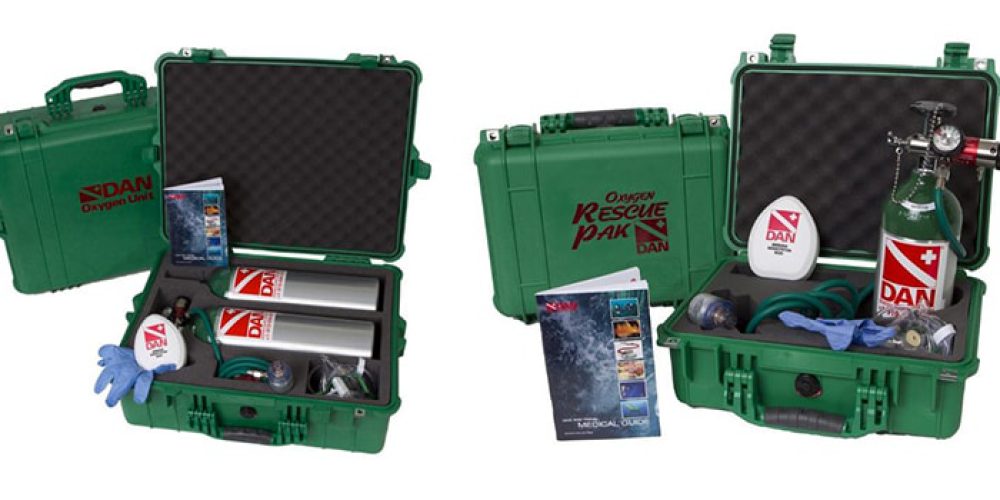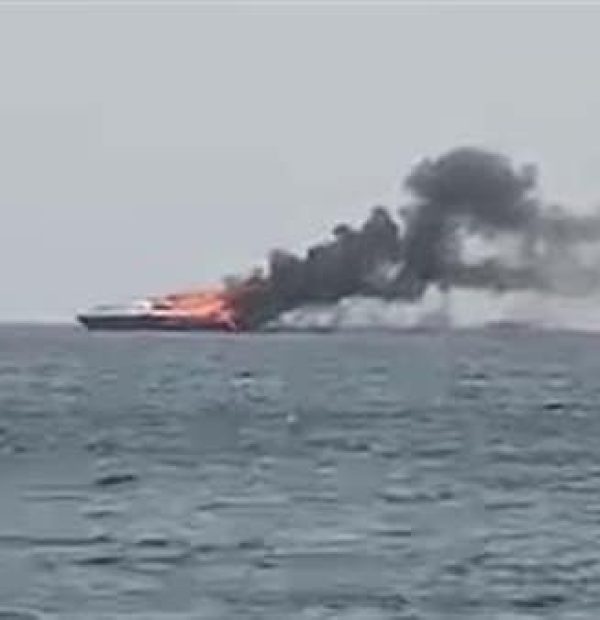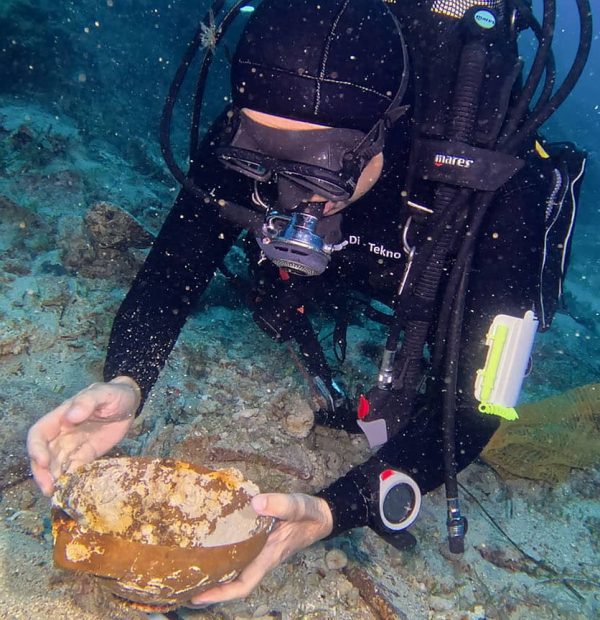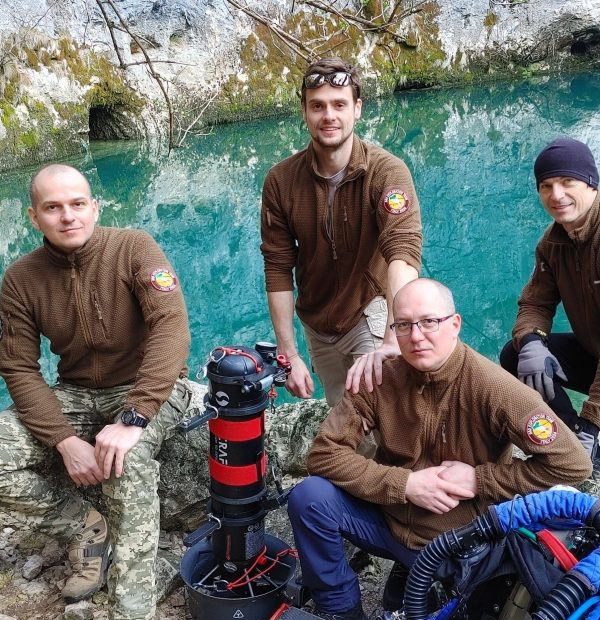Tuesday, 23 April 2024
Menu

To effectively assist in diving accidents we need three things: The first is proper training. The second is procedures, in the form of an emergency plan, which speeds up and improves our action during an accident (every second counts). But there is a third thing, without which we are usually unable to provide effective assistance – the right equipment. Rescue equipment, which we should always have with us, consists of a first-aid kit and an oxygen set. In the following article I will try to describe how to choose an oxygen set, which meets the conditions necessary for administering oxygen in diving accidents.
There is a lot of discussion in the diving community about oxygen sets. The main issues that are raised are: are they really necessary and their high prices. In the following article I do not intend to discuss the necessity of having a set. I just want to explain the differences between the different sets and thus facilitate the purchase for those who understand the sense of having one.
The main consideration when choosing a diver should be its efficiency, and only in the next place I would put the price. Just to clarify – in the following text, by recreational divers I mean persons who make their own dives for pleasure. They are not obliged to have the kit by any standards, but only by common sense and concern for their own safety and the safety of those they dive with. In the case of instructors and diving schools, owning an oxygen set is required by national regulations, therefore the following article may also help them in choosing the appropriate equipment.
Let’s start with the price. The oxygen set seems to be a big one-time expense, but this purchase can be optimised. First of all, if we dive in a group of friends we can agree to divide the costs. One-time expense of 1700pln (oxygen set without on-demand valve in a bag) to 4000pln (DAN oxygen set with on-demand valve, 5l cylinder and in a waterproof case) divided between four or six persons is not such a big burden on the budget. The advantage of most modern kits is modularity. We do not have to buy the whole thing at once to have a rescue oxygen set. What should our set contain?
It works in a similar way to the first stage of a breathing machine and is responsible for reducing the pressure in the cylinder. The regulators are the base for administering oxygen. The medium pressure output of the regulator allows 100% oxygen to be given to conscious and unconscious casualties, while the constant flow allows oxygen to be given to weakly breathing and non-breathing casualties.
There are two main types of medical regulators available in Poland: those equipped only with a constant flow of oxygen, and multifunctional ones, equipped with both a constant flow and a medium pressure outlet.
Standard, constant-flow regulators allow you to set the flow and, by connecting the appropriate hose to the connector, administer oxygen to the victim. They are very popular in the Polish diving community due to their low price. However, their main disadvantage is too low oxygen flow rate (in most cases, the flow rate can only be set to 12l/min (15l/min is the standard for administering oxygen to injured divers). The second disadvantage is the plastic or glass water reservoir (used in hospitals to rehydrate oxygen in case of prolonged oxygen administration), which is very easy to destroy. Damage to this part results in a lack of tightness of the entire oxygen system and makes it impossible to continue administering oxygen.

Photo 1: Farum reducer for constant flow only. The plastic reservoir is clearly visible in the photo.
The second type, multifunctional regulators, are equipped with both a constant flow outlet and an additional medium pressure outlet. The regulation of constant flow enables setting it at 15l/min, and in most modern regulators even up to 25l/min. This option may be useful in the case of a large casualty. The medium pressure output allows the connection of a demand valve, which I will discuss later. Such a regulator is an optimal solution, because it not only enables the administration of oxygen, but it can also be expanded in the future. Its price in Poland varies between 950 and 1100pln, depending on the manufacturer.

Picture 2: Multifunctional regulator DAN. Description: 1 – fixed flow connection, 2 – medium pressure outlet, 3 – flow value, 4 – fixed flow knob, 5 – medium pressure hose, 6 – plastic hose for bloodless or resuscitation mask

Picture 2 b. Medline multifunctional regulator with AGA connector for on-demand valve.
In order to be able to administer oxygen to an injured diver through a regulator with a constant flow (whichever of the above we choose), we must equip ourselves with two masks. The non-returnable mask will allow us to administer oxygen to conscious and unconscious victims, with an oxygen concentration of about 75% (obviously only at a flow of 15 l/min or more). It is connected to the regulator via a fixed flow connection, using a transparent plastic tube. You can often find masks that are not equipped with a reservoir (a bag below the mask). The use of these masks in diving accidents is not recommended, as the oxygen there mixes with the air and its effective concentration drops to about 40%. For the same reason, nasal cannulas are not a good option. The price of a non-returnable mask is 20-30pln.

Photo 3 – Non-returnable mask. When connected to a regulator set at 15 l/min, it allows 75% O2 to be administered.
The second mask we need to equip ourselves with is the resuscitation mask. It makes it possible to administer oxygen to an unbreathing victim. Thanks to the possibility of connecting oxygen we can increase its content in our “artificial breaths” from 16% to 50! The price of such a mask, depending on the manufacturer and quality of workmanship, varies from 30 to 100 PLN.

Photo 4 – Resuscitation mask with visible oxygen connection.
In Poland, mainly steel oxygen cylinders are available, with a working pressure of 150 bar. An example cylinder which has been legalised as an air cylinder cannot, according to legal regulations, be adapted to medical oxygen. When it comes to available capacities we have a choice of cylinders from 2l to 10l. Taking into account that most of the time we dive in places at least 30 minutes away from the nearest medical centre, the optimum solution is a 5l cylinder. When using a 5l cylinder, operating at 150 bar, with a regulator with a constant flow of 15l/min, we are able to administer oxygen for about 45min. If we use an on-demand valve, the same cylinder will last for about 60min.
If we plan to dive a considerable distance from the nearest facility, we should equip ourselves with additional cylinders. Using larger tanks than 5l makes the set very unwieldy and difficult to store with the regulator screwed on. The price of a 5l cylinder – 150 bar (for medical oxygen), varies between 350 – 450pln.
An interesting solution are special adapters, enabling the use of an oxygen regulator with a standard air valve. It may be very useful when we go somewhere by plane. In such a case on the spot (e.g. in Egypt) we can only rent an oxygen cylinder and we have our oxygen set ready to use. Such solution is used by many divers from Western Europe.

Photo 5 – Standard oxygen cylinders 5 l and 2,5 l
The elements described so far constitute the basis, which is necessary for effective oxygen administration in case of breathing and non-breathing victims. Their total price is about 1500 – 1700pln. Although such a set will not be able to administer oxygen at 100% concentration, it represents an acceptable price/quality ratio for recreational divers. Additional elements that will increase its effectiveness are an on-demand valve and a “pack”. With the addition of these elements, the kit meets the standard of the basic DAN kit, for administering oxygen in diving accidents.
The on-demand valve, when connected to the medium pressure outlet of the multifunction regulator, allows 100% oxygen to be fed. It also consumes less oxygen compared to a constant flow system. Its only disadvantage is its price. It is one of the more expensive parts of the kit, so if you are not able to spend a lot of money right away, you may want to consider buying it second.
It is usually sold complete with pressure hose and mask. It is necessary to pay attention to the length of the hose. The optimum solution is to have a 1.5-2 m hose, as this makes it easier to provide assistance and also increases the possibility of comfortable and effective placement of the set in case of transporting the victim. When we already have a regulator we should pay attention to the medium pressure connector. In Poland
The most popular are two types of connections: standard thread and AGA quick connector. Remember that we have to choose a hose, which will have an appropriate connection to our reducer. Price of on-demand valve with pressure pipe and bonnet is about 1100 – 1300pln, depending on manufacturer.

Photo 6 – An on-demand valve fitted with a Tru-Fit mask enables 100% oxygen to be administered.
To store and transport our set we have two possible solutions: a bag and a suitcase. The first solution is favoured by the price and smaller size and weight. The prices of such bags vary from 190 pln to 500 pln. In most cases the bag does not protect the set from moisture, which may cause its quick destruction.

Photo 7 – Bag allowing the packing of a 3 l or 5 l cylinder and the entire oxygen kit.
The second solution is a waterproof case. The smallest ones cost about 350-400 pln, but their disadvantage is that we cannot hide the cylinder inside, so the kit is disconnected. Larger suitcases cost from 800 pln (for 3l cylinders) to 1100 pln (for 5l cylinders). In the case of larger cases it is important that they are fitted with an inner sponge so that the components do not move during transport. Some manufacturers offer ready-made sponges which allow for proper arrangement of all elements of our oxygen set.

Photo 8. Oxygen kit with specially cut sponge adapted to the oxygen kit.
In many cases an oxygen purity machine screwed to an oxygen cylinder replaces the oxygen regulator. Divers usually choose this solution due to economic reasons. However, this solution has many disadvantages: 1. the automat is not equipped with a mask as standard. Administering oxygen through a normal mouthpiece causes its concentration to decrease (oxygen inhaled through the mouth has the possibility of mixing with the air inhaled through the nose). Any attempt to block the nose causes a definite reduction in comfort for the diver who is breathing oxygen. I suggest carrying out a simple test breathing for 10 minutes from an automatic machine on the surface with your nose plugged. After the test, imagine an injured diver who feels very unwell and has to breathe oxygen in this way. (2) We cannot administer oxygen in the following situations a. The casualty does not tolerate the on-demand valve – this may happen in the case of a weak casualty or lung injury where the person is unable to generate sufficient negative pressure to open the valve b. A non-breathing casualty c.In the case of an unconscious casualty, the administration of oxygen is difficult and it is hard to ensure adequate tightness (i.e. the oxygen concentration decreases) 3. The machine is not suitable for medical oxygen administration. It does not have at least the appropriate medical standards.
This does not change the fact that even if it is not the ideal option for administering oxygen, it is better than no oxygen at all.
I hope that the above text has explained in an accessible way the differences between the various types of oxygen kits, and thus made it easier to choose the optimal option for you and your partners.










Welcome to DIVERS24.COM, your daily source of scuba news, freediving, scuba diving information, and equipment reviews. Our comprehensive coverage of the dive industry from A to Z provides you with all the latest scuba news, training updates, underwater photography tips, and everything else related to scuba diving. Whether you’re a beginner or an experienced diver looking for more knowledge about scuba gear or techniques – we’ve got it covered! With our in-depth articles written by experienced divers who have been there and done that, you are sure to find exactly what you need here at Divers24.com. Dive into scuba news today!
Underwater Media Sp. z o.o.
Szafarnia 11/F8,
80-755 Gdansk, Poland
Welcome to DIVERS24.COM, your daily source of scuba news, freediving, and scuba diving information. Sign in for a weekly news update and discount coupons for dive gear and apparel.
@2023 - underwatermedia.pl. All Right Reserved. Designed and Developed by Tworzenie stron internetowych Gdansk

The Divers24 portal is currently the largest online medium treating diving in Poland. Since 2010 we have been providing interesting and important information from Poland and around the world on all forms of diving and related activities.
Contact us: info@divers24.com